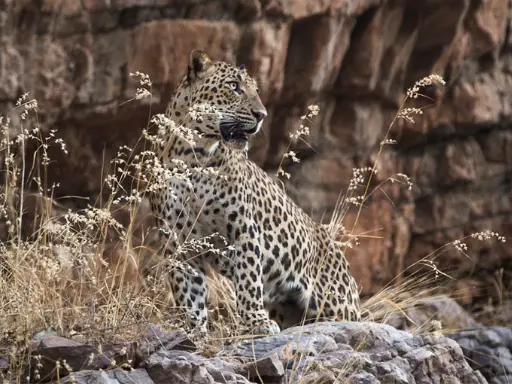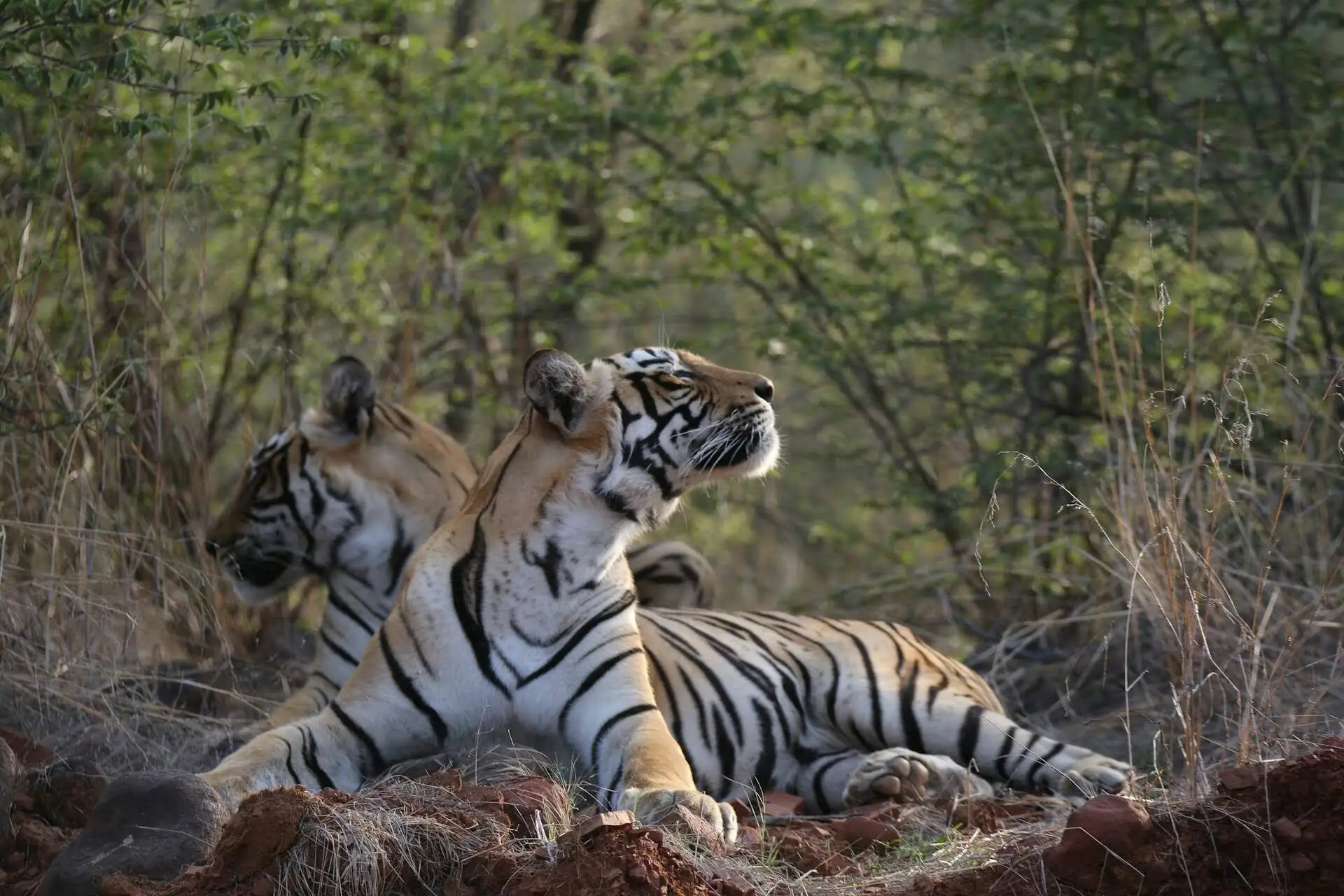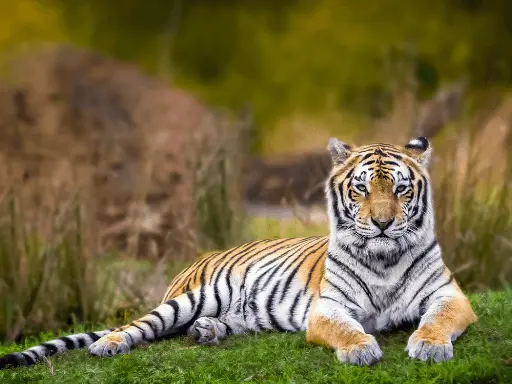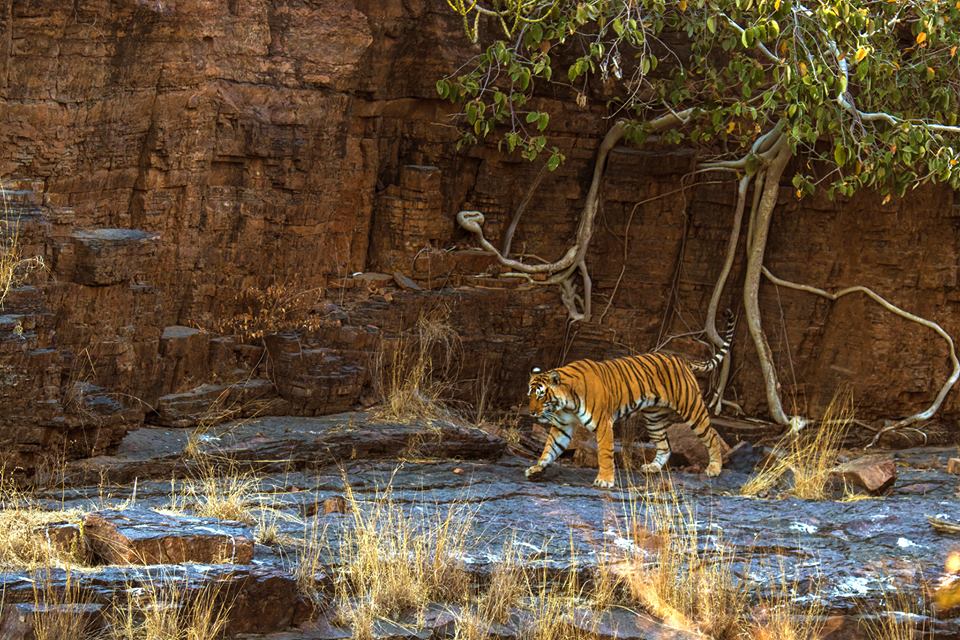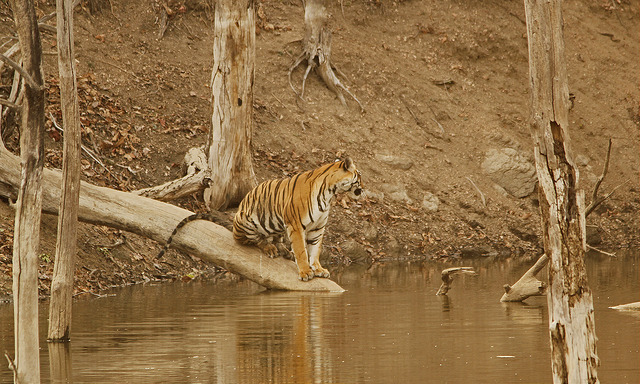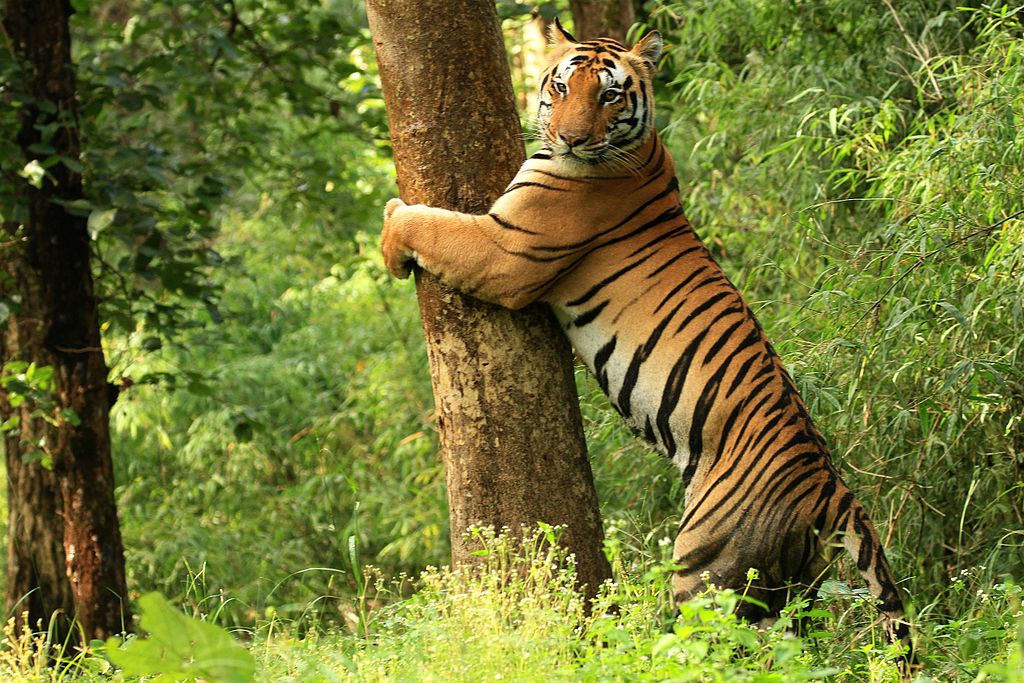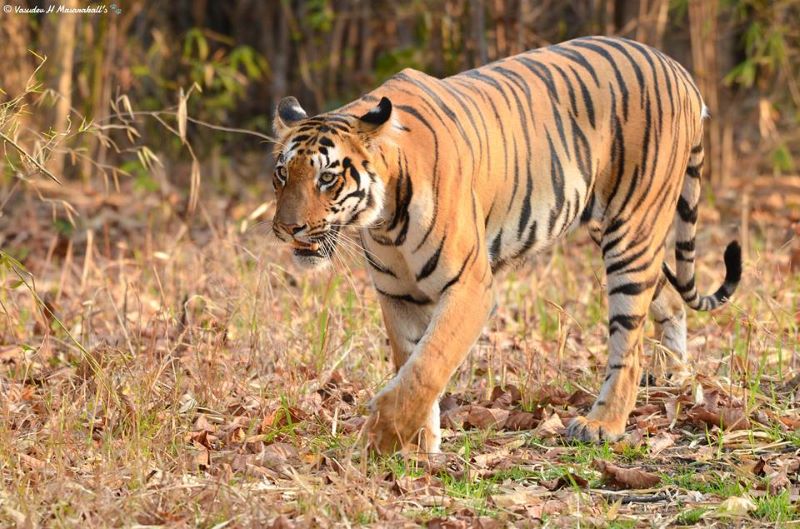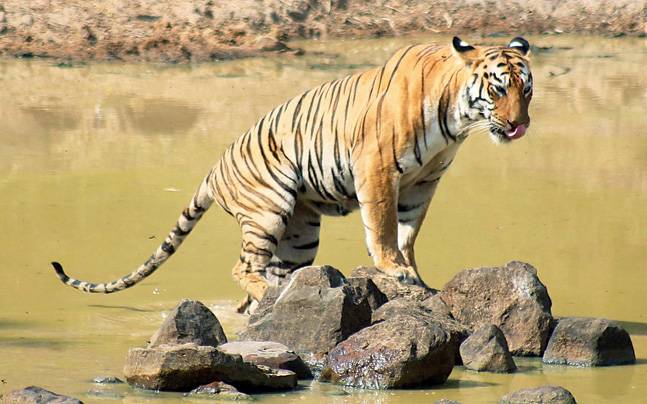Ranthambore National Park
Ranthambore Tiger Reserve
Core wildlife lovers and tiger enthusiasts love to explore different national parks for their unique experiences and specialties. If you want to do wildlife excursions in India then you must also visit the world-famous Ranthambore National Park in Rajasthan, India. Located in the Sawai Madhopur city, Ranthambore National Park boasts many historic ruins spread across the jungle. This gives a unique identity to the park along with a blend of history, abundant wildlife, and beautiful nature.
Guarded by two rivers namely Banas River and Chambal River, Ranthambore Tiger Reserve attracts wildlife photographers and tiger lovers from all over the world due to unforgettable Royal Bengal Tigers sightings.
Ranthambore National Park is the pride of Rajasthan Wildlife Tourism. It has never disappointed a wildlife lover or nature enthusiast. You will be mesmerised by the beauty of Ranthambore
Interesting Fact – Ranthambore
It has also been the favorite hunting ground of the most famous ever tigress of Ranthambore – the Machli.
Prime Predators
Big Cats like Bengal Tigers and Indian Leopards are on the top of the food chain in Ranthambore Tiger Reserve
Famous For?
Ranthambore is famous for its legendary and bold Tigress Machli.
Major Wildlife
Tiger, Leopard, Chinkara, Jungle Cat, Sambhar, Sloth Bear, Snub Nosed Marsh Crocodile, Indian Python, Pelicans, Painted Sandgrouse
Flora & Fauna in the Park
Ranthambore is covered with dry deciduous forests. It contains one of the largest groups of Banyan trees. The flora of Ranthambore National Park is blessed with a total of 320 plant species that revitalize the Ranthambore terrain.
Fauna in Ranthambore comprises big cats like Bengal Tigers, Leopards along with mammals like Striped Hyenas, Tody Cats, Jungle Cats, Chinkara, Indian False Vampires, Indian Flying Foxes, and Porcupines, etc. There are 320 species of birds, 40 species of mammals, 40 species of reptiles, 50 varieties of butterflies, and a few amphibian species.

Mammals
- Royal Bengal Tiger
- Indian Leopard
- Macaques
- Jungle Cats
- Sambhar Deer
- Indian Flying Foxes
- Caracals
- Jackal
- Nilgai

Birds
- Sandpipers
- Painted Spurfowl
- Indian Gray Hornbills
- Kingfisher
- Darters
- Pittas
- Bitterns
- Nightjars
- Asian Palm Swift

Reptiles
- Snub Nosed Crocodiles
- Cobras
- Ganga Soft Shelled Turtles
- Rat Snakes
- Russell’s Viper
- Indian Chamaeleon
- Desert Monitor Lizards
- Indian Pythons
- Banded Kraits
Safari in Ranthambore National Park
Increased chances of tiger sighting due to the abundant vegetation and rich wildlife make Ranthambore the most visited park to ever embark on a safari. You can experience the sheer wilderness of the park by taking up an open Jeep Safari or elephant safari. Daily two safaris of 3 hours are available in the early mornings and evenings at fixed timings according to the season.
We recommend booking your safari tickets online through the official website of Ranthambore National Park in advance as the seats get booked very quickly here.
Machli– Most famous Tigers of Ranthambore Tiger Reserve
The ample availability of tiger spotting opportunities, rich vegetation, and abundant wildlife makes Ranthambore one of the best places to ever embark on a safari. You can take up a Jeep Safari or hitch a ride on the mighty elephant’s back to tour around the wilderness here. Canter Safari is also an available option. Timings for safari vary according to season.

Ranthambore Tiger Safari Tours
Ranthambore Budget Tour
Explore the abundance of wildlife fun without disrupting your pocket with our cost-effective Ranthambore tour packages, which include 4 or 6 amazing safari tour alternatives
Ranthambore Weekend Tour
We also offer weekend tour packages that include simply 2 tiger safaris to those animal lovers who find it difficult to explore the wildlife due to their busy weekday working schedule
Safari Zones or Gates
Ranthambore Tiger Reserve has 10 zones out of which 1 to 5 zones are known to be the best tiger sighting zones. Whereas zone 3 and 5 are also sought zones for tiger sightings. The new zones 6 to 10 also have a good probability of spotting tigers. Although these zones have a significant population of tigers, sighting a tiger is also a matter of luck. You may be lucky to see newly born cubs playing with their mother tigress T99 in zone 10.
Out of the total area of Ranthambore Tiger Reserve, only 20% area is available for safaris. Open Jeep safari and Canter Safari are the two options for exploring the Ranthambore forest. At the maximum, 20 jeeps with 6 adults each, and 20 canters with 20 adults each are allowed to enter the Ranthambore National Park in one shift.
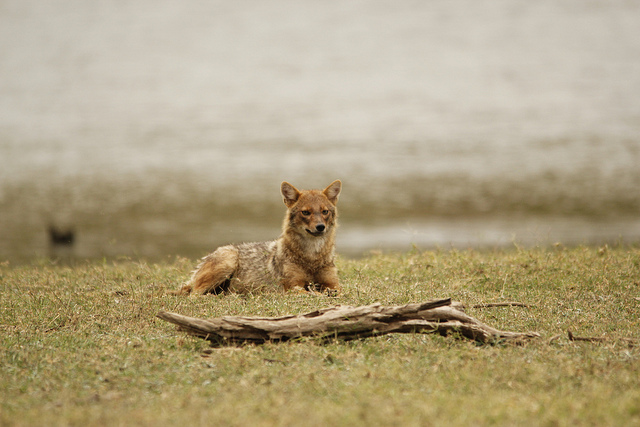
Core Zone
Zone Name |
Entry Gate |
|---|---|
|
Zone 1
|
Singh Dwar
|
|
Zone 2
|
Singh Dwar
|
|
Zone 3
|
Singh Dwar
|
|
Zone 4
|
Singh Dwar
|
|
Zone 5
|
Singh Dwar
|
Buffer Zone
Zone Name |
Entry Gate |
|---|---|
|
Zone 6
|
Raj Bagh Naka
|
|
Zone 7
|
Balas Gate
|
|
Zone 8
|
Balas Gate
|
|
Zone 9
|
Kuwal Ji (Phalodi Range)
|
How to book Safari in Ranthambore Tiger Reserve
To book an end-to-end safari package in Ranthambore National Park including airport transfer, accommodation, meals, and internal transfer, you may contact Big Cats India, or schedule a free discussion with our experts to understand the best safari zone to book, based on your area of interest.
It is advised to plan your safari well in advance to get the best zones for sightings. If you are not sure which gate(s) to choose from, you can contact Big Cats India or message us for any assistance to book your safari in Ranthambore.
You can also book Ranthambore Safari online from mahaecotourism and mp tourism website. However, these websites only book your safari permits, not the jeep, accommodation, food and internal transfer to the reserve gates.
Open Jeep Safari
Witness the diverse flora and fauna of Ranthambore along with its historical places in an open jeep safari. It’s a thrilling experience to watch a tiger hunting in the bushes.
Canter Safari
Want to explore the jungle in a larger group with your friends and family? Go for Canter Safari that allows 20 passengers and enjoy the ride through natural trails while watching wildlife.
| Summer | Pre-Winter | Winters |
|---|---|---|
| 05:30 to 11:00 Hrs | 06:30 to 11:00 Hrs | 06:00 to 11:00 Hrs |
| Summer | Pre-Winter | Winters |
|---|---|---|
| 16:00 to 19:00 Hrs | 15:30 to 18:00 Hrs | 15:00 to 18:00 Hrs |
Weather in Ranthambore
Ranthambore National Park experiences varied weather throughout the year. January and February are cool and dry, with temperatures ranging from 8°C to 25°C (46°F to 77°F).
March to June marks the onset of summer, with temperatures climbing between 25°C to 45°C (77°F to 113°F). The monsoon season, from July to September, brings heavy rainfall, rejuvenating the landscape.
Post-monsoon (October to November) offers pleasant weather, with temperatures ranging from 10°C to 35°C (50°F to 95°F). December brings cool and dry conditions, with temperatures between 8°C to 25°C (46°F to 77°F).
Each season in Ranthambore National Park offers a unique experience for wildlife enthusiasts, with diverse flora and fauna adapting to the changing climate.
| Month | Jan | Feb | Mar | Apr | May | Jun | Jul | Aug | Sep | Oct | Nov | Dec |
| Min(°C) | 1 | 10 | 22 | 30 | 35 | 25 | 20 | 19 | 19 | 12 | 6 | 3 |
| Max(°C) | 15 | 25 | 35 | 40 | 42 | 41 | 34 | 30 | 31 | 29 | 27 | 25 |
| Month | Min(°C) | Max(°C) |
| Jan | 1 | 15 |
| Feb | 10 | 25 |
| Mar | 22 | 35 |
| Apr | 30 | 40 |
| May | 35 | 42 |
| Jun | 25 | 41 |
| Jul | 20 | 34 |
| Aug | 19 | 30 |
| Sep | 19 | 31 |
| Oct | 12 | 29 |
| Nov | 6 | 27 |
| Dec | 3 | 25 |
Ranthambore in Winters
Bestowed with lush green picturesque landscapes and pleasant weather, Ranthambore blossoms in the Winter season (October-February). Nights are quite cold as the temperature drops up to 2 degrees Celsius. But mornings are sunny with the temperature rising up to 16-20 degrees celsius. So, you can enjoy bird watching and tiger sighting too.
Ranthambore in Summers
The temperature exceeding 45 degrees celsius makes Ranthambore extremely hot in summer (March-June). But this increases the chances of spotting tigers and other wild animals at waterholes and lakes. So if you are a tiger enthusiast and can bear the summer heat, this is the ideal time to visit Ranthambore.
Ranthambore in Monsoon
Due to heavy rains in the monsoon (July-September), Ranthambore remains closed for tourists. However, the buffer area may be open for exploring the greenery and natural beauty of the park. You get a more relaxed time as there is no crowd in this season.
Best time to spot tigers at Ranthambore National Park
Well, as rightly said by the writer John Vaillant, the majestic tiger can see you a hundred times before you see him once. That is the probability of spotting a tiger. It is a matter of luck. However, you can increase your chances of spotting the big cats if you wisely select the time to visit Ranthambore Tiger Reserve.
Recommended Tour
Ranthambore National Park
WhatsApp now to enquire or block your seat
How to Reach the Park
By Air
Jaipur is the nearest Airport and well connected to all major cities in the country. It is 180 KMs away from the National Park.
By Road
Hiring a car or taxi to Sawai Madhopur is the best way to reach the Tiger Reserve through the road. It is 1.5 km away from the Kota – Ranthambore mega highway.
By Rail
Sawai Madhopur Railway Station lying on the Delhi-umbai trunk route is the nearest railhead to Ranthambore. The National Park is merely 11 KMs from here.
| From | By Air+Road (Hrs) | By Road | By Rail+Road (Hrs) |
|---|---|---|---|
| New Delhi | 1.00 Air + 3.00 Road | 6.00 Hrs | 4.00 Rail + 1.00 Road |
| Jaipur (Nearest Airport) | NA | 3.00 Hrs |
2.00 Rail + 1.00 Road |
| Mumbai | 1.5 Air + 3.5 Road | 16.00 Hrs | 12.00 Rail + 1.00 Road |
| Udaipur | 1.00 Air + 3.00 Road | 6.5 Hrs | 10.5 Rail + 1.00 Road |
| Jodhpur | NA | 7.00 Hrs | 7.5 Rail + 1.00 Road |
| Kolkata | 2.00 Air + 3.00 Road | 22.00 Hrs | 24.5 Rail + 1.00 Road |
| Agra | NA | 4.5 Hrs | 2.5 Rail + 1.00 Road |
| From | Time to arrive |
|---|---|
| Kanha TR | 4.30 Hrs Air + 5.30 Hrs |
| Bandhavgarh TR | 10.45 Hours |
| Tadoba TR | 3.45 Hrs Air + 5 Hrs Road |
| Umred Karhandla | 3.50 Hrs Air + 5 Hrs Road |
| Corbett TR | 2 Hrs Air + 6 Hrs Road |
| Tipeshwar WLS | 40 Hrs |
Things you should carry with you
Essential things to carry for your Ranthambore Tiger Safari
Your DSLR or Camera to capture your memorable safari moment.
Binoculars to view the wildlife from a safe distance.
Plenty of water to keep you dehydrated on a sunny day.
Hat & Shades to protect from direct sunlight.
Bandanna or Cotton Scarf to cover your face and avoid dust.
Winter wear or jacket if you are doing safari during winters. It really gets cold very quickly after sunsets in Jungle.
Rain Cover to save you and your gears from water during rain.
Ranthambore can get really colder very quickly in the evening so consider carrying woolens in the afternoon safari in Ranthambore during winters season

Some History about Ranthambore Tiger Reserve
Spanning a total area of 1411.291 sq km, Ranthambore National Park was first established as Sawai Madhopur Game Sanctuary in 1955. Later in 1973, Govt. of India declared it as one of the Project Tiger Reserves in India. And on 1st November 1980, it became the national park of India. Surrounded by Vindhya and Aravali hill ranges, Ranthambore National Park also boasts historical value through the huge fort, Trinetra Ganesh temple, Raj Bagh Ruins, and Padam Talao.

Why visit Ranthambore?
The rich biodiversity and dedicated wildlife including royal tigers, leopards, jackals, sloth bears, flying fox, blackbucks, and so on make Ranthambore a must-visit place for all wildlife lovers and photographers. The thrilling experience of open jeep safari or canter safari through the jungle is unforgettable for a lifetime. Also, blessed with unique exotic birds due to a variety of water bodies, it is also a paradise for birdwatchers. Famous for its ancient banyan tree, Ranthambore also boasts rich vegetation and unique flowers. Thus, the combination of history, nature, and wildlife makes it an all-time favorite place for tourists from all over the world. So now, can you resist visiting the Ranthambore National Park anymore?
Ranthambore General Info Card
- Total Area: 1411.291 Sq. Km
- Location: Sawai Madhopur, Rajasthan, India
- Notified as Tiger Reserve: 1973
- Notified as National Park: 1980
- Nearest Airport: Jaipur (3 Hours)
- Nearest Railway Junction: Sawai Madhopur (12 Minutes)
Ranthambore Wildlife Info Card
- Carnivorous: Tiger, Leopard, Jungle Cat, Caracals
- Herbivorous: Sambhar, Nilgai, Chital, Chinkara
- Omnivorous: Wild Boars, Sloth Bear, Rhesus, Mongooses
- Birds: 320 Species of Birds
Ranthambore Tour Info Card
- Ideal Tour Length: 3N4D or 6 Safaris
- Can extend with: Kanha, Tadoba, Bandhavgarh
- Tour Starting points: Jaipur, Sawai Madhopur, Delhi, Mumbai
- Is tour Customizable?: Yes
- Safari Options: Open Jeep, Canter

